What a great Valentine’s Day tradition!!! Found this at decorating-by-day.com (http://goo.gl/lia6E5). Great for home, school, or even your office! Spread the love with encouraging words written on hearts and posted on the door. Start February 1st and finish on February 14th, St. Valentine’s Day.
Celebrate Fall Traditions–Pumpkin Recipes
It’s that time of year where everything pumpkin shows up. I found this delicious recipe for pumpkin pie in a glass with this Pumpkin Pie Nog at http://www.recipe.com/pumpkin-pie-nog/. I also think the pumpkin “bowl” is such a creative touch.
Hope this inspires you to celebrate the season by enjoying the harvest.
Celebrate Traditions–Memorial Day–A Day of Remembrance
“The patriot’s blood is the seed of Freedom’s tree.” ~Thomas Campbell
Memorial Day originated shortly after the Civil War as a day to remember fallen soldiers of the Civil War by decorating their graves with flowers and other appropriate objects. Before it’s official proclamation as Decoration Day in 1868, it had become tradition to decorate the graves of fallen Civil War Soldiers towards the end of May around the time that flowers started to bloom.
The Veterans Administration’s history page describes one of the earliest records of this traditions in a beautiful story of forgiveness and compassion shown by women in decorating graves of fallen soldiers:
“Local springtime tributes to the Civil War dead already had been held in various places. One of the first occurred in Columbus, Miss., April 25, 1866, when a group of women visited a cemetery to decorate the graves of Confederate soldiers who had fallen in battle at Shiloh. Nearby were the graves of Union soldiers, neglected because they were the enemy. Disturbed at the sight of the bare graves, the women placed some of their flowers on those graves, as well.” (3)
According to history recounted by the Clarion County Historical Society:
“[t]he earliest evidence of observance goes back to various women’s groups in the North and South, when ladies organized events to honor their war dead by decorating graves. The earliest recorded event took place on April 25, 1866 in Columbus, Mississippi when a group of women formed an association to decorate the graves of Civil War soldiers, starting with those who died in the Battle of Shiloh.” (2)
It was officially named Decoration Day and thus proclaimed on May 5 1868 by General John Logan who was the National Commander of the Grand Army of the Republic. His General Orders No. 11 proclaimed in part:
“The 30th of May, 1868, is designated for the purpose of strewing flowers, or otherwise decorating the graves of comrades who died in defense of their country during the late rebellion and whose bodies now lie in almost every city, village and hamlet churchyard in the land.”
“‘We are organized, comrades, as our regulations tell us, for the purpose among other things, of preserving and strengthening those kind and fraternal feelings which have bound together the soldiers, sailors, and marines who united to suppress the late rebellion.’ What can aid more to assure this result than cherishing tenderly the memory of our heroic dead, who made their breasts a barricade between our country and its foes? Their soldier lives were the reveille of freedom to a race in chains, and their deaths the tattoo of rebellious tyranny in arms. We should guard their graves with sacred vigilance. All that the consecrated wealth and taste of the nation can add to their adornment and security is but a fitting tribute to the memory of her slain defenders. Let no wanton foot tread rudely on such hallowed grounds. Let pleasant paths invite the coming and going of reverent visitors and fond mourners. Let no vandalism of avarice or neglect, no ravages of time testify to the present or to the coming generations that we have forgotten as a people the cost of a free and undivided republic.” (3)
he term “Memorial Day” was not used officially until 1967, its use first emerged circa 1880s.
It wasn’t until after World War I that the day was expanded to honor those who had served and died in all American wars and not just those of the Civil War. The term Memorial Day was first used in 1882 but did not gain regular use until after World War II. The day was not officially called Memorial Day until 1967. On June 28, 1968, Congress moved four holidays, including Memorial Day, from their traditional dates to Monday in order to create three-day weekends through the Uniform Monday Holiday Act. This moved Memorial Day from its traditional May 30 date to the last Monday in May. The law federally took affect in 1971; however, it would be a few years before all 50 states adopted Congress’ order. Memorial Day was also then declared a national holiday.
Memorial Day has also become to be known as the official start of summer.
Until we meet again, may God hold you in the palm of His hand.
~An Old Irish Blessing
Marian McCoy Boveri
(3) http://www.usmemorialday.org/?p=90
(2) https://www.facebook.com/permalink.php?story_fbid=10152253979979830&id=109532589829&substory_index=0
(1) http://www.va.gov/opa/speceven/memday/history.asp and
https://www.morningagclips.com/decoration-day/
Celebrating Traditions–St. Valentine’s Day Cards
St. Valentine’s Day is a tradition dating back centuries. It originates in ancient Rome where on February 13-15 a lottery was held to pick a mate in which to spend the next year with. Two of the three saints named St. Valentine were martyred in this day in 3 A.D.–one for marrying Christians which was against Roman law at the time. It was declared a church holiday as early as 496 A.D. It became a common practice to pass notes on this day which evolved into picking a sweetheart for the day. This is also the day it was believed that birds choose their mates thereby heralding the first day of spring.
The practice of sending actual St. Valentine’s Day cards originates in England circa 1400. What is referred to as the first actual Valentine is a letter written in 1416 by Frenchman Charles, Duke of Orleans, to his wife during his imprisonment in the Tower of London. This first Valentine itself is bittersweet as she died before it could reach her as the Duke was imprisoned in various English castles for nearly 25 years. The original letter still exists and is held at the British Library in London. Incidentally the oldest surviving Valentine written in English is also held there. This was written by Margery Brews of Norfolk to her fiance John Paxston in 1477.
The practice of sending hand-written Valentine’s Day cards does indeed first appear circa 1400 in England. Another long-standing belief is that King Henry VIII established February 14 as St. Valentines’ Day in a royal decree in 1537. By 1601 St. Valentine’s Day has become part of England’s “popular consciousness to the extent that…William Shakespeare mentions it in Ophelia’s lament in Hamlet:
“Tomorrow is Saint Valentine’s [D]ay
All in the morning betime
And I a maid at your window
To be your Valentine.” [2]
By the 17th century it became commonplace for friends and lovers from all social classes to exchange small tokens of affection like hand-made cards, chocolates, and small gifts on St. Valentine’s Day. Some of these traditions found themselves brought to America with the colonists. In fact their popularity grew with imported “writers” from England that were actually booklets that had various “be my Valentine” messages that one could copy onto decorative paper and send. One popular “writer” even had responses.
Late 18th century and early 19th century Valentines were often religious in nature. It wasn’t until 1847 that the first American mass-produced Valentine made from–what else but–English imported embossed paper and lace was produced. They were created and sold by Esther Howland of Winchester, MA, who is commonly referred to as “The Mother of the Valentine”.
“The popularity of sending and receiving [Valentine’s] cards [in England] grew alongside the improvement in postal services and methods of printing to the point in the 1830s where postmen needed refreshments to help with the unprecedented number of cards they had to deliver.” [3] In America the Valentine didn’t truly become a tradition until during the Civil War (1861-1865) “when [V]alentine cards often depicted sweethearts parting, or a tent with flaps that opened to reveal a soldier.” [4]
“By 1900 printed cards began to replace hand-written letters due to improvements in printing technology. [Indeed] [r]eady-made cards were an easy way for people to express their emotions in a time when direct expression of one’s feelings were discouraged.” [5] It was in the Victorian era with advancements in printing and then the introduction of the “penny post” that sending Valentines became even more popular. The penny postcard Valentines were most popular during 1890-1917. [4] Sometime in the late 1800s sending Valentine’s cards fell out of fashion only to be revived sometime in the 1920s. Contrary to what some believe–Hallmark did not create this holiday. Hallmark’s first Valentine card was not produced until 1913.
Valentine’s Day now accounts for 25% of the cards sent each year according to the Greeting Card Association. [1] Today 180 million Valentine’s Day cards are exchanged in a holiday that in 2014 reached $17 billion in spending. [6]
“Until we meet again, may God hold you in the palm of His hand.”
~ An Old Irish Blessing
Marian (McCoy) Boveri
[2] History of Valentine’s Day
[3] Valentine’s Day in Britain–History and Folklore
[5] The Legend of St. Valentine
[6] Valentine’s Day Statistics
Winter Harvest–Decisions Like Seeds Determine the Harvest
The way to experience a bountiful harvest is to decide on what you want to see yielded in the field. Harvests need to be created purposefully through planning and making the right decisions. On the surface this may appear to be an easy thing to do. Yet proper decisions do require some heart-felt reflection. Without taking the time to reflect upon the true harvests you want to see in your fields, you may be planting the wrong seeds. It is in planting the wrong seeds that you first run the risk of reaping the wrong harvest. Indeed as you well know–you reap what you sow. Each decision itself becomes a seed planted in the field.
How do you determine the right seeds that need to be sown in the field?
Start with asking yourself:
- What is the purpose of the harvest?
- What do you want to see growing in your field?
- How will this harvest impact your life?
This will help you formulate the proper decisions that will determine the direction of your planting. Knowing the purpose of the harvest determines the decisions on what to plant in the field. In the end the outcome of the harvests is dependent upon the choices and decisions you make regarding the seeds that are planted in the fields. Strategic decision-making and planning is necessary to achieve the harvests you desire.
It is essential that you continually assess what is growing in the fields in order to make the right decisions on how to cultivate, nourish, and protect the harvest. If what you have planted isn’t growing and bearing fruit, make sure you take the time to stop and reassess the field. If you find something growing in the field that you did not expect or want, it may be that you have to plow the field under and begin again.
The key is to take the time to make the decisions that are needed to insure a bountiful harvest.
- Take the time to reflect on your life and what you want to see in it.
- Gather the seeds that need to be planted in the different fields of your life.
- Make sure that what you want growing in your fields is actually growing there.
Remember, it is up to you to decide what harvests you want to see in your life.
What will you decide to plant in your fields?
Until we meet again, may God hold you in the palm of His hand.
~ An Old Irish Blessing
Marian (McCoy) Boveri
Winter Season–Preventing an Accidental Harvest
As January comes to a close, the planning time for this year’s harvest should be well underway. If you want to see a bountiful harvest in your life–it will require planning. Taking the time to actually sit down and decide on what you want to see growing in the fields of your life is essential to successful harvests.
Deciding on the direction you want your life to go in and the results you would like to see at the end of the year depends upon you. Your harvest is directly dependent upon what you do or do not plant and cultivate in the fields of your life.
Whether or not you take time to plan the harvests you would like to see in your life–it remains that something will indeed grow within the fields. Even fields that lie fallow grow something–though it may only be weeds or leftover fruits from a harvest past.
- Do you want to harvest what you desire in your life or will you end up with an accidental harvest?
- How often have you come to the end of the year, looked back on the goals you hoped to achieve, and realized that the cupboards were bare?
- How often have you planned the harvest but failed to cultivate or plant the seeds?
- How often have the fields in your life produced an accidental harvest?
If you don’t take the time to figure out what it is that you want growing in your field, the time will still pass and the growing season with it. It is possible that some of what you want to see in your life will pass you by if you don’t use the opportunity to be deliberate about what you plant in your fields.
Take time to review the fields of your life and reflect upon the past harvests.
- Did you plan the harvest or receive an accidental one?
In order to maximize the potential of your harvest:
- Identify the field
- Determine the harvest and its timing
- Select the seeds
- Prepare the field
- Plant the field
- Cultivate the field
- Watch over the field
Will this be the year that you grow a bountiful harvest or an accidental one?
Until we meet again, may God hold you in the palm of His hand.
~An Old Irish Blessing
Marian (McCoy) Boveri
Winter Harvest–Ice Harvesting: A Winter’s Crop
Although the ice trade still exists today, its heyday was during the 19th century ice harvesting which was commonly referred to as the “frozen water trade”. While snow and ice had been collected and stored for use in summer for as long as anyone could remember, it wasn’t until a 25-year-old Boston entrepreneur, Frederic Tudor, set about to commercialize the harvesting of ice that it became a booming business. However, Tudor’s first harvest that he attempted to sell didn’t go over so well. He sent a ship full of ice to sail and sell in the West Indies in 1806. Upon the ship’s arrival though no one was interested in the product as people just didn’t understand the benefit of everyday use of ice!
Prior to this ice was only available to the wealthy who had the means to afford their own ice houses. It was not a product that had mass appeal as it does today. For the most part the storage and preservation of food was not reliant upon ice. People just didn’t understand the concept of cooling down a drink with ice. Physicians didn’t understand how ice could reduce fevers either. People simply didn’t know that they needed ice. While the use of ice houses, a building insulated allowing for the storage of ice into the summer, was commonplace in wealthier households as early as 1660 in England, the everyday use of ice simply did not exist. In addition, ice harvesting was a dangerous business.
So in order for the frozen water trade to become successful, Tudor had to convince people that they needed ice. He took it upon himself to go about the country convincing bartenders to sell chilled drinks and taught restaurants how to make ice cream. It wasn’t long before people fell in love with the idea of a cooled drink. By 1821 Tudor had created a real market for ice in several cities. Now that Tudor had created a market, he set about to develop tools to ease the harvesting of ice. It was in1826 that Tudor’s foreman, Nathanial Wyett, came up with the idea of using horses to plough cut the ice. [1] For in truth frozen ice became a field in need of harvesting.
Ice harvesting commenced when a foot of ice was on the river or lake. This typically occurred in January through March in the New England area and in December through February in Norway, two major geographical areas of ice harvesting. A crop that was dependent upon nature to freeze the field. And just like any other harvest–the field had to be cultivated in order for it to yield. Once the water started to freeze it was essential to keep it clear of snow as the snow would slow the ice from freezing at a deeper depth. So the field was cleared of weeds just like any other field. Only the weed that needed to be cleared from the field was snow.
Once the field was ready for harvesting it was then cut or ploughed into long rows and then once again cut across the rows to create the blocks. Interestingly it was often off-season farmers who worked at the harvesting of winter. The harvesters came and cut along the ploughed lines in order to release the ice from the field. Ice was pulled from the river or pond with ice tongs and sent off in wagons to be stored in ice houses. The ice harvesters wore special corked shoes and the horses had spiked horse shoes allowing them to work on the ice.
As with all crops, weather can have a positive or negative impact on the harvest. Mild winters, referred to as “open winters”, impacted the ice harvest as it was essential for the ice to be 18″ thick in order for the horses and men to work safely on the ice. Unseasonably mild winters resulted in ice famines, of which 1880 and 1890 being the most extreme. These ice famines led to the development of commercially produced ice. Ice harvesting eventually disappeared for the most part in the early 20th century as it then no longer was considered primarily a winter harvest.
At the peak of its production at the end of the 19th century, “the U.S. ice trade employed an estimated 90,000 people in an industry capitalised at $28 million ($660 million in 2010 terms), using ice houses capable of storing up to 250,000 tons each” [2]
Click this link to watch a fascinating and historic way of ice harvesting — Ice Harvest Film circa 1919
Until we meet again, may God hold you in the palm of His hand.
~An Old Irish Blessing
Marian (McCoy) Boveri
[1] http://mentalfloss.com/article/22407/surprisingly-cool-history-ice
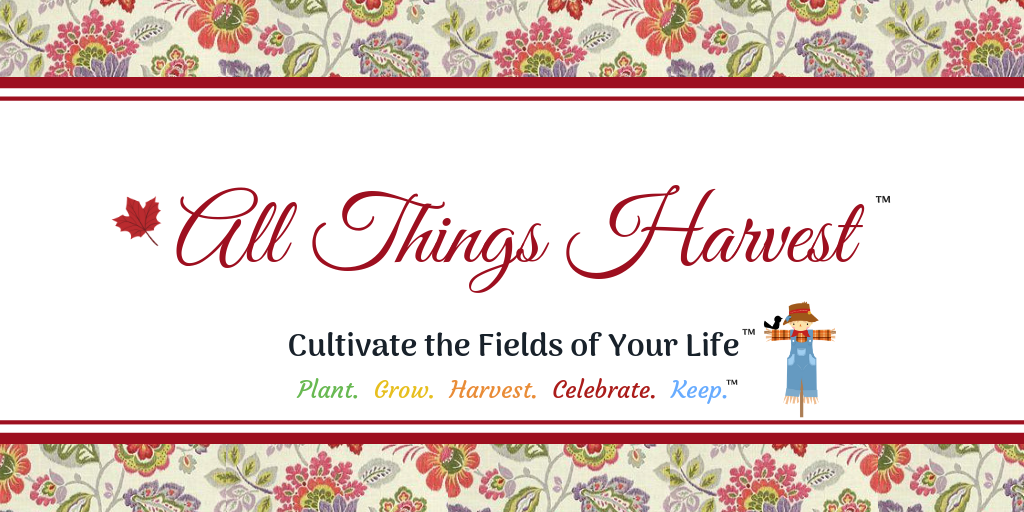


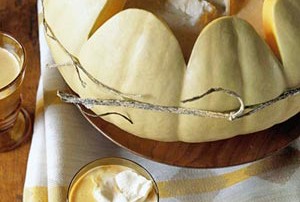


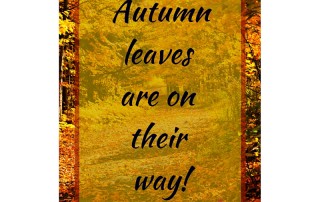
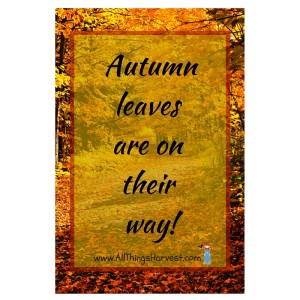
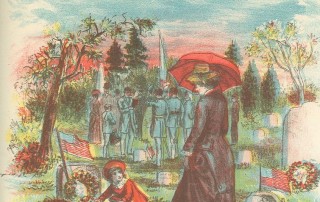
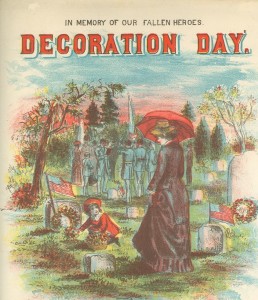



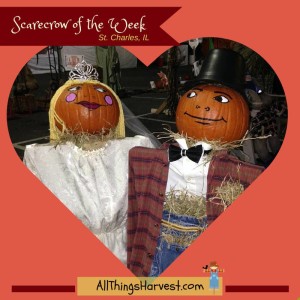



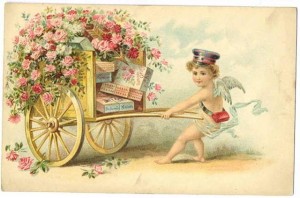




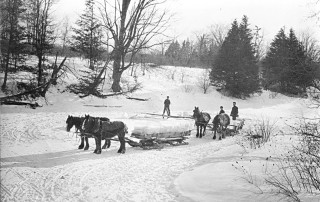
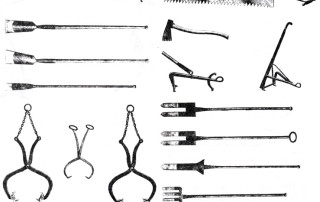


Let’s Connect
Facebook
Twitter
Google +1
LinkedIn